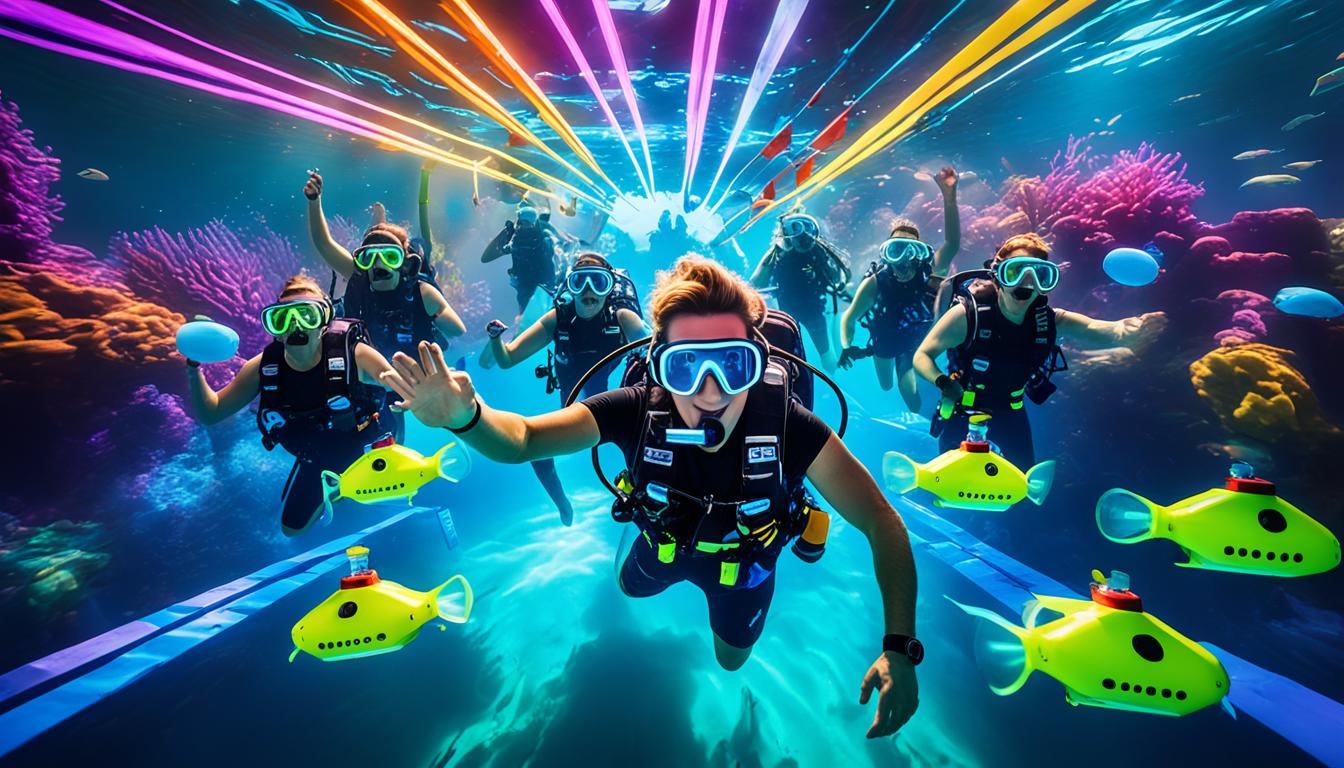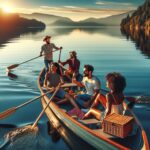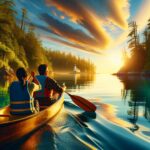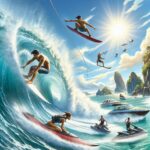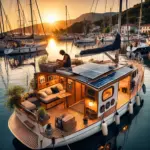Hey there, fellow water enthusiasts! If you’re anything like me, you’ve probably been bitten by the kayaking and canoeing bug. The feeling of gliding through serene waters, surrounded by nature’s beauty, is truly unbeatable. But as a beginner, there’s a lot to learn and consider before you embark on your first kayaking or canoeing adventure. In this blog post, I’m excited to share some invaluable tips that I’ve gathered through my own experiences. So grab your paddle and let’s dive in!
Choosing the Right Kayak or Canoe
Understanding Different Types
When I first started, I was overwhelmed by the variety of kayaks and canoes available. But fear not! There are different types designed for specific purposes. Recreational kayaks are great for calm waters and leisurely paddling, while touring kayaks are built for longer trips with better tracking. Whitewater kayaks are designed for navigating rapids, and there are also sit-on-top kayaks for beginners who prefer ease of entry and exit.When I first dipped my paddle into the world of kayaking and canoeing, the sheer variety of options left me in awe. But don’t worry if you’re feeling the same way—I’ve got your back! Let’s break it down a bit further. Recreational kayaks are your go-to companions for peaceful jaunts on calm waters, perfect for soaking in the tranquility around you. If you’re ready to venture a bit farther and dream of exploring distant horizons, touring kayaks are your trusty partners. They’re designed to cut through the water efficiently, making those longer journeys a breeze. On the flip side, if your heart races at the thought of taking on the exhilarating challenge of rapids, then whitewater kayaks are your adrenaline-packed ticket to adventure. And let’s not forget the uber-friendly sit-on-top kayaks, tailor-made for beginners who want an easy entry and exit experience. So, don’t let the choices intimidate you—embrace them, and soon enough, you’ll find your perfect aquatic match!
Size and Fit
Getting the right size kayak or canoe is crucial for comfort and stability. When sitting in the kayak or canoe, your legs should be comfortably positioned, and there should be a bit of space between your knees and the deck. A snug fit ensures better control and prevents strain during long paddles.Getting the right size kayak or canoe is like finding the perfect pair of shoes—it’s all about the fit! When you settle into your kayak or canoe, your comfort and stability should be top-notch priorities. Imagine your lower body as the captain of a ship, and the vessel is your kayak. Your legs should find a cozy spot to call home, not too cramped and definitely not feeling like you’re swimming in space. As you paddle, your knees should have a friendly gap from the deck, allowing you to move freely and adjust your position effortlessly. Remember, a snug fit isn’t just about comfort—it’s the secret ingredient that transforms you into a paddling maestro, ensuring smoother maneuvering and fewer aches on those epic paddle-heavy expeditions. So, embrace the Goldilocks approach—find that size that’s just right for you and your waterborne adventures!
Essential Gear and Safety Precautions
PFDs (Personal Flotation Devices)
Safety always comes first, and that means wearing a properly fitted PFD. Look for Coast Guard-approved PFDs that suit your activity and water conditions. They’re a lifesaver in case of emergencies and can also provide some insulation in chilly waters.
Paddle Techniques
Kayaking Techniques
- Forward Stroke: Hold the paddle with both hands slightly wider than shoulder-width apart. Rotate your torso as you push one blade through the water, then pull it back while pushing the other blade forward.
- Sweep Stroke: Use this stroke for turning. Place the paddle blade near your feet and sweep it outwards in a wide arc.
- Reverse Stroke: Similar to the forward stroke, but done in reverse to slow down or stop.
Canoeing Techniques
- J Stroke: This versatile stroke helps keep your canoe on a straight course. Start with a regular forward stroke, then at the end of the stroke, twist the paddle blade to act as a rudder.
- Draw Stroke: To move the canoe sideways, use the draw stroke. Simply place the paddle blade in the water near the side of the canoe and pull towards the boat.
- Pry Stroke: To move away from the side of the canoe, use the pry stroke. Push the paddle blade away from the boat while keeping the shaft vertical.
Weather and Water Conditions
Always check the weather forecast and water conditions before heading out. Wind, currents, and tides can significantly affect your paddling experience. Start with calm waters and gradually progress to more challenging conditions as you gain confidence and skills.
Planning Your Adventure
Choosing Your Location
As a beginner, opt for calm, flatwater locations like lakes, slow-moving rivers, or calm bays. These areas provide a gentler introduction to kayaking or canoeing without the added challenge of strong currents or waves.
Time of Day
Plan your paddling sessions during quieter times of the day to avoid heavy boat traffic and crowded waters. Early mornings or late afternoons are often the best times to enjoy a peaceful experience.
Environmental Responsibility
Leave No Trace
Respect the environment you’re exploring. Pack out all your trash and avoid disturbing wildlife. Let’s work together to preserve the beauty of our waterways for generations to come.
Conclusion
Embarking on a kayaking or canoeing adventure is an exhilarating experience that offers a unique connection with nature. As a beginner, take your time to learn and practice the essential techniques while prioritizing safety. Remember that each trip is an opportunity to learn and improve. So go ahead, grab your paddle, and embrace the joys of kayaking and canoeing!
In the grand tapestry of life, a kayaking or canoeing adventure is like a vibrant thread that weaves us closer to nature’s wonders. It’s a chance to leave the hustle and bustle behind, immersing yourself in the rhythm of the water and the whispers of the breeze. As you embark on this journey, keep in mind that becoming a proficient paddler takes time and patience. Each stroke is a brushstroke on the canvas of your skills, every ripple a reminder of your progress. So, whether you’re gliding through glassy lakes, navigating gentle rivers, or embracing the thrill of rapids, remember that the journey itself is the true treasure. Cherish the moments of growth, relish the connection with your surroundings, and savor the simple joy of propelling yourself through the water. So, let the water call your name, let your paddle be your compass, and let the rivers and lakes be your canvas of exploration.
Happy paddling, fellow adventurer, and may your experiences on the water be a source of inspiration and tranquility in this ever-moving world!

